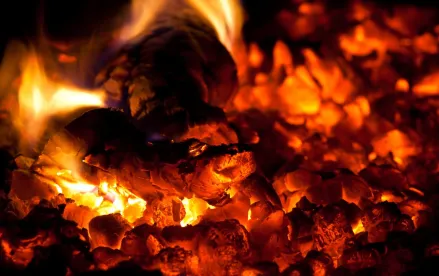Many people have fire pits at their homes and use them while entertaining. Gathering around an open fire to talk or roast S’mores can be a lot of fun, but it is important that you know the rules and risks associated with backyard fire pits.
According to the Consumer Products Safety Commission, at least 5,300 injuries related to fire pits and outdoor heaters were treated in emergency rooms in the United States in 2017. That figure is nearly triple the number of fire pit related injuries treated in 2008. Alcohol and drug use is a major contributing factor in open fire burns of adults, accounting for nearly 61% of adult burns.
Tragically, children suffer a high number of these injuries, with 25% of the victims under the age of five. Frequently, burn injuries occur the day after a backyard fire, when the fire is out, but the remaining coals are still hot.
Constant parental supervision is absolutely critical. Negligent supervision is a prevalent cause of fire pit burn injuries. Parents of child burn survivors often describe their experiences and report looking away for just a moment. In that moment, a child can put her hands on the metal bowl of a fire pit or lose balance and fall into an open fire pit, suffering life-altering burns.
Here are some safety tips to follow before and during use of a backyard fire pit:
- SUPERVISE CHILDREN AT ALL TIMES! Instruct them to stay at least 10 feet away from the fire.
- Instruct children that fire pits and embers remain extremely hot even into the next day. Prevent children from approaching the fire pit until the temperature returns to normal.
- Prevent intoxicated persons from getting near an open fire.
- Disclose your fire pit to your homeowner’s insurance company to be sure you are covered in the event someone is injured or property is damaged.
- Check with your local fire department or municipality to make sure fire pits are allowed in your area.
- Check wind direction before lighting the fire to be sure sparks are not blown toward flammable materials, objects and structures.
- Avoid wearing loose fitting or flammable clothing, like nylon, that can easily catch fire.
- Be aware that soft woods, such as pine and cedar, have a tendency to throw sparks and pop.
- Have a working fire extinguisher ready and know how to properly extinguish fires and dispose of ashes and embers.
In addition, you must be aware of the New Jersey Uniform Fire Code rules regarding recreational fires. A “recreational fire” is defined as “burning materials other than rubbish where the fuel being burned is not contained in an incinerator, outdoor fireplace, barbeque grill or barbeque pit and has a total fuel area of 3 feet (914mm) or less in diameter and 2 feet (610 mm) or less in height for pleasure, religious ceremonial, cooking, warmth or similar purposes.” Pursuant to the rules, recreational fires shall not be conducted within 25 feet of a structure or combustible material. Conditions which could cause a fire to spread within 25 feet of a structure must be eliminated prior to ignition. For example, dry leaves should be removed from the area where the fire will be conducted.
However, fires in “approved containers” must be at least 15 feet from any structure. Only containers approved after the Uniform Fire Code permit and inspection process fall into the category of an “approved container.”



 />i
/>i

